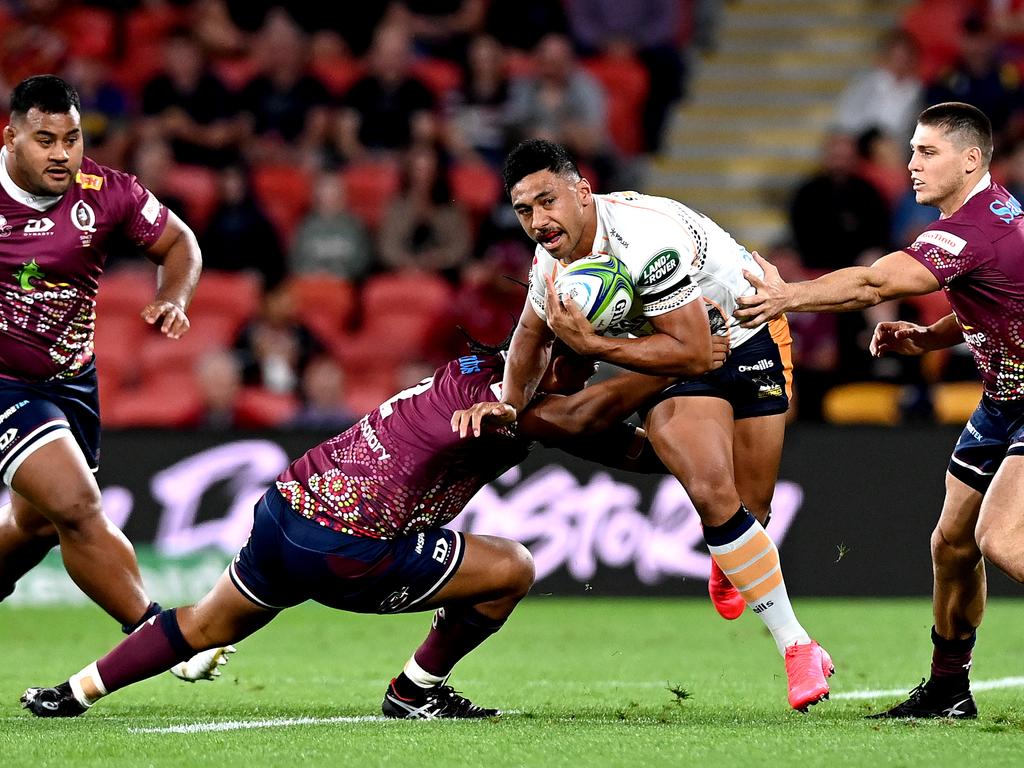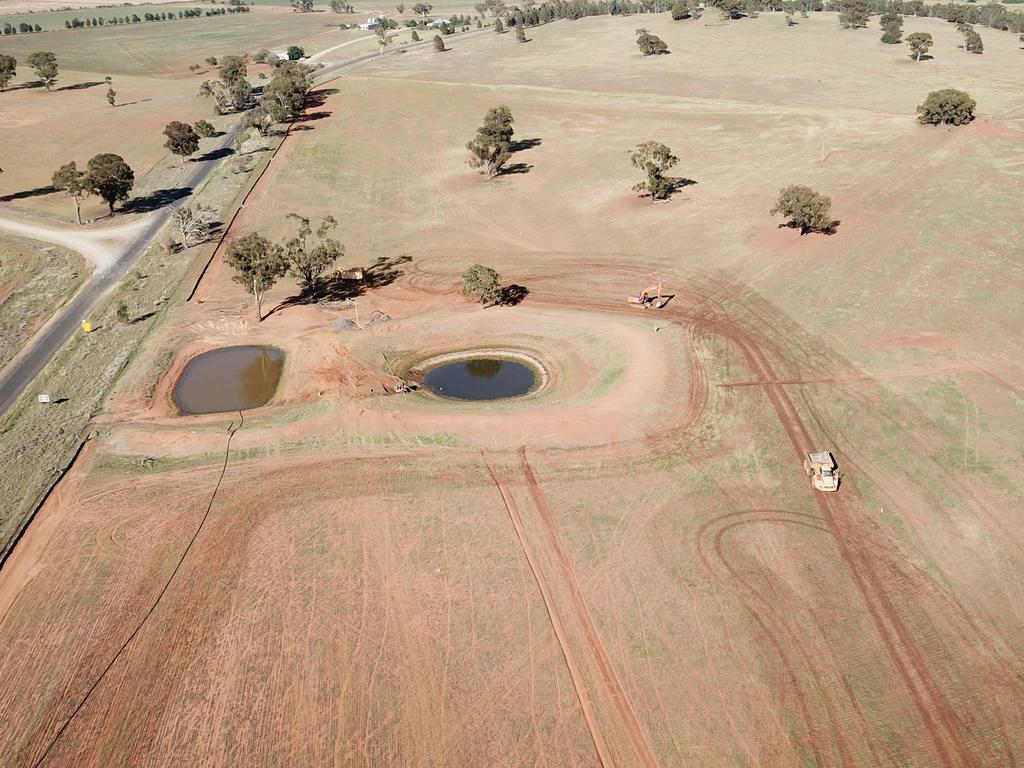Levelling the playing field for a fairer future for TV broadcasters

Well, guess what: now it’s TV’s turn to face a showdown with a powerful new competing technology. The internet has changed everything — and one sector facing profound change is commercial free-to-air television.
Australians are consuming video content enthusiastically — but very differently than they were even five years ago, let alone 30 years ago when our current regulatory framework was first established. Between 2014 and 2019, the average prime time audience for free-to-air television declined 6 per cent a year.
Subscription video on-demand services, such as Netflix, Stan, and Disney+, have exploded in popularity. By June this year, subscriptions to video on-demand services had reached over 16,000,000. Six years ago, there were only 300,000 subscribers.
If metropolitan television businesses are under pressure, regional broadcasters have even bigger challenges. While metropolitan broadcasters are winning back some audience and advertising share with their internet-delivered broadcast video-on-demand platforms such as 10Play, 9Now, and 7Plus, the regional broadcasters do not have such platforms. Increasingly, regional Australians are watching the services of Seven, Nine and Ten over the internet, rather than watching the regional broadcasters’ services delivered over the airwaves.
Of course incumbents being disrupted by innovative competitors using new technology is a fact of life in a free market — and typically brings many benefits to consumers, as it has here.
But it does raise an obvious question: is it time to take another look at key features of our current regulation of free-to-air television, which are set out in legislation passed nearly 30 years ago?
Can we establish a more level playing field on which commercial broadcasters like Seven, Nine and Ten compete with video-on-demand services such as Netflix and Disney+?
Our current laws rely heavily on the free-to-air broadcasters to meet policy objectives the parliament has set. If those broadcasters are under pressure, it means pressure on the production and availability to consumers of Australian content — because our content rules today focus on the commercial free-to-air broadcasters and largely ignore other parts of the sector.
If those broadcasters are under pressure, it also puts at risk the continued delivery of news services; this problem is particularly acute when it comes to local news in regional Australia.
And if those broadcasters were not able to sustain their services, because their businesses collapsed, it would likely have a particular impact on older or less affluent Australians, who are less likely to use alternative platforms.

Our Liberal National government has already taken significant steps to respond to these issues, including repealing the “75 per cent audience reach” rule and the “two-out-of-three” rule in 2017; over $90m of support this year in response to pressures that COVID-19 caused for the broadcasting sector; and substantial reforms to Australian content obligations, announced in September.
We are committed to introducing a bargaining code, before the end of this year, to help level the playing field between Australian news media business and digital platforms like Google and Facebook.
But more is needed — so on Friday I released a Green Paper proposing a set of regulatory changes on which I am seeking comment by March next year.
A key proposal is to give free-to-air commercial television broadcasters the choice to operate under a new lower-cost broadcasting license. They would no longer pay a commercial broadcasting tax and there would be other reductions in regulatory obligations. In exchange, holders of this new class of licence would agree to participate in a multi-year process to transition to using less radio frequency spectrum to broadcast their signals. Modern compression technology means this could be done with very little impact on consumers and the range of channels available.
This freed-up spectrum would be reallocated to other uses through a spectrum auction process — most likely for 5G mobile broadband. The Green Paper proposes that a portion of the proceeds of the auction could be set aside to support key television and media policy objectives including Australian screen content and also public interest journalism, particularly in regional Australia.
The Green Paper also proposes legislating formal Australian content requirements for our national broadcasters, ABC and SBS (which, surprisingly, do not have such specific obligations today) and for video-on-demand services above a certain size. That, too, levels the playing-field.
The Green Paper is also an opportunity for industry stakeholders to put forward their own views on how the regulatory framework should be updated.
There is no disagreement that the business model of free-to-air television broadcasters is under severe strain. We can stand back and do nothing — or we can build a plan to manage this change. With this Green Paper, we are setting out to build that plan.
Paul Fletcher is the federal Communications Minister







Video Killed the Radio Star when television came along in the 1950s and mugged radio’s business model.